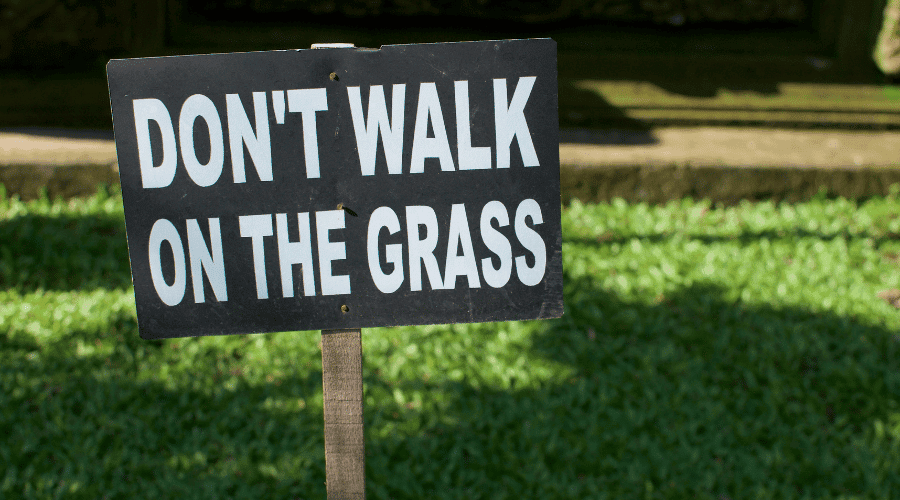As a school leader, ensuring children behave well – and are safe – is one of my top priorities. But how to make this successful? Clearly, children need to learn what not to do, but in school, as in life, rules that tell us not to do something can appear to be quite arbitrary – don’t walk on the grass, no ball games, don’t block the driveway. To simply tell children not to do something does not provide them with an opportunity to understand and think critically about why the rule is set in the first place. Indeed, I would argue, negative rules lack motivation and certainly don’t provide children with the opportunity to actually make connections between the rule and the consequence.

Historically, at the start of each year, every class in my school used to begin with a session creating rules for the coming year – How do the children feel they should behave? In itself, there is nothing wrong with this activity. After all, there does need to be a collective agreement on how the children and class are going to operate harmoniously for the next 12 months. Involving the children in the rulemaking process does provide ‘buy in’ from the class however from my experience, our young people often suggest a list of ‘don’t’ rules e.g. don’t talk when someone else is talking, don’t run in the corridors, don’t shout, don’t hurt others etc. This is probably because they see rules as applying more to their effect on others rather than themselves. And this is actually a very interesting point to focus on. If school rules are set solely for the benefit of others, the rule itself is only really fulfilling 50% of its function. Children will eloquently explain that it is wrong to hit someone as it will hurt them. To shout out in class will stop others from learning. So how to ensure that rules have 100% relevance to our children’s lives.
The answer is actually quite simple. First, rules need to be set to promote positive behaviours. This has the immediate effect that children will know what to do, rather than what not to do. So ‘I will listen to others’ is clear in its request, as will ‘I will keep my hands to myself’. The discussion with children in setting positive behaviours is incredibly powerful. For some, this is a difficult process and may require teaching. When a ‘don’t’ rule is offered, discuss how this could be turned into a positive action. As soon as children see the relevance to their own lives, the resulting behaviour is far more positive.

Another problem that hinders the impact of school behaviour is that a set of rules can become too long. In some cases, the rules are seen as a set of behaviours for the classroom not the school, let alone for life outside of school or in the home. Which is why, I am a huge advocate of only having a few rules, ideally no more than three, that are simple yet broad enough to have real value to our children’s behaviours and lives. They must be easily accessible and memorable. In my school, we have agreed three key, yet simple, rules:
- Be safe
- Be kind
- Be your best
The beauty of these are that they not only promote positive behaviours in the classroom but around the whole school. Indeed, they can also be applied to life in general. At my school, children are encouraged to think about what these rules might actually look like – the behaviours they might display – and how these are important for their lives. And being positive in their outlook, there is greater ‘buy in’ from the children. We unpick the deeper value of these rules by asking the children to think critically about how they might be applied to different situations. So, does being safe in the classroom look different to being safe in the playground? Does being kind look different when working in a small learning group or when eating lunch? What does being your best look like when learning a new concept or when getting ready for school in the mornings? The success of these rules lies in the fact that all in our community, the children, staff, and parents, all use the same language. As I move about the school I regularly hear praise for children who are applying these rules; ‘Thank you for being kind and holding the door open’, ‘You have really tried your best with that tricky learning, well done!’…
The real measure of success however is that our school is a calm and purposeful learning environment, where children understand the value attached to rules both for themselves and others in the community, and are rewarded for demonstrating these positive attitudes. This positive culture also complements the development of our personal values of respect, collaboration, aspiration, courage, responsibility and uniqueness. But above all, my school is a happy and safe place to be.


